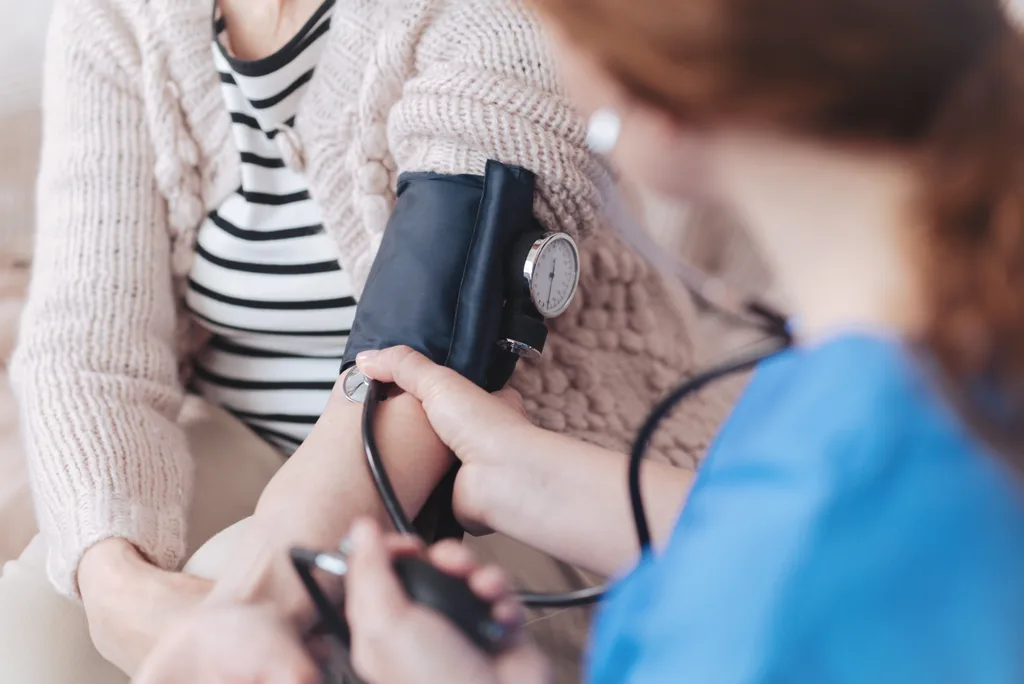The heart is an extraordinary machine; there’s really no other hardware on the planet that relentlessly pumps 100,000 times a day for tens of years with barely a hiccup for the majority. Yet we tend not to think much about the hard yakka it silently does until something goes wrong. And while men may be more prone to cardiac problems, heart attacks target women more than you may think.
“Heart disease is not a middle-aged man’s disease. That’s a long-held misconception that we really need to correct,” says Professor Jason Kovacic, Executive Director of the Victor Chang Cardiac Research Institute and practising cardiologist.
Professor Kovacic’s research into Spontaneous Coronary Artery Dissection (SCAD), a rare but serious condition where the inner layer of one of the vessels in the inner heart tears, is internationally recognised. SCAD accounts for around a quarter of all heart attacks in women under 50 years (and is much rarer in men).
“Our medical framework isn’t as well-calibrated to dealing with women’s chest pain,” Professor Kovacic says. “All the clinical trials around treating a heart attack have been overwhelmingly done on men and we have much less data on how effective heart medication is for women but we are stuck with it as it’s all we’ve got. We need more clinical data to refine what medication works well in women.”
What medical professionals do know is this: unless the pain is severe, women will often delay getting it checked. To be fair, some of the common non-chest pain symptoms – feeling sweaty, sickly, dizzy and tired – don’t always ring cardiac alarm bells.
“Way more women die of heart disease than breast cancer and cervical cancer combined but the message hasn’t hit home that getting your blood pressure checked is just as important as having a mammogram or pap smear,” says Professor Kovacic.

It’s actually more important than ever before. The major risk factors – elevated blood pressure, cholesterol and blood sugar – have all markedly increased since the pandemic, according to data collected through the Victor Chang Heart Health Checks. “The rates of having one of those three risk factors elevated has increased from 30 per cent to 47 per cent since the pandemic,” says Professor Kovacic.
“We were exercising less, stuck at home behind a desk and we all know about the COVID kilos. This rise in risk factors is translating into an increase in deaths.”
Then there are the things you cannot control: Your genes. The genes most likely to provoke a heart attack have been identified by Professor Kovacic and his team but they are a silent trigger.
So, as a woman, how can you detect a heart attack, what causes a heart attack, and how can you prevent a heart attack?

How to detect a heart attack
Less than half of women will experience ‘typical’ heart attack symptoms, such as a crushing pain in the centre of the chest. Instead, many experience pressure, tightness or breathlessness that can range from uncomfortable to severe. Some people often interpret the signs as indigestion.
The symptoms of a heart attack
Heart attacks will affect everyone differently, but here are some common symptoms to look out for.
- Neck, jaw, shoulder, upper back or abdominal pain.
- Shortness of breath with or without chest discomfort.
- Pain in one or both arms.
- Nausea, indigestion or vomiting.
- Breaking out in a cold sweat.
- Light-headedness or dizziness.
- Unusual feelings of fatigue.
- Heart palpitations.
- Difficulty breathing.

The different types of cardiac problems
When people think of cardiac problems, their first thought is usually a heart attack. But there are different heart issues that you should be familiar with.
- Heart attack: A plumbing issue caused by a blockage.
- Cardiac arrest: A malfunctioning of the heart’s electrical system.
- Coronary heart disease: Any disease of the heart or blood vessels, such as stroke and congenital heart conditions.
- Arrhythmia: The heart’s rhythm is out of beat causing fluttering.
- Angina: Short-lived chest pain caused by blood flow issues. It’s a sign of coronary heart disease but less intense than heart attack pain.
The top risk factors that may cause a heart attack
While genetics play a part in cardiac health, there are other factors that put strain on the heart.
- High cholesterol: Plaque forms on artery walls.
- High blood pressure: Makes arteries less elastic, decreasing the flow of blood and oxygen to the heart.
- Obesity: Can lead to fatty material building up in your arteries.
- High blood sugar: Type 2 diabetes increases your heart health risk up to 10-fold.
- Smoking: Accounts for 20 per cent of all heart disease deaths.
- Inactivity: Sitting is the new smoking.
- Sleep: Less than seven hours and more than nine hours is linked to heart disease.
- Diet: Processed foods high in fat and sugar have been linked to poor heart health.


Seven ways to prevent heart disease
Experts share their top strategies that can help protect your heart health:
- Use herbs and spices instead of salt for flavour: Most salt comes from processed foods, such as canned foods, deli meats and baked goods. Swapping table salt for a reduced sodium, added potassium ‘salt substitute’ to reduce blood pressure, can be helpful.
- Choose healthy fats and oils: Avocados, olives, nuts and seeds, and cooking oils such as olive, canola and sunflower.
- Move more: 30 minutes of physical activity most days of the week. The Heart Foundation offers free personal walking plans online.
- Manage your blood pressure: High blood pressure can be silent, so check it regularly.
- Sleep better: Less than seven hours or more than nine hours for healthy adults raises the risk of obesity, high blood pressure, diabetes, and cardiovascular disease.
- Seek connection: People who lack social support or are isolated may have a higher risk of heart disease.
- Get regular heart health and blood sugar checks.
- Check up Lipoprotein(a) is a major cause of atherosclerosis (hardening and narrowing of the arteries in the heart) and is something your GP can test for.

Don’t ignore the risk of a second heart attack
With the right treatment, medication and lifestyle adjustments, heart attack patients can go on to lead normal lives, but they do face a greater risk of having a second heart attack.
“Heart health is like a V8 car. For the engine to run properly it has to fire on all eight cylinders,” says Professor Kovacic.
Around 20 per cent of heart attack patients will be hospitalised with a second attack within five years, a reality that can cause understandable anxiety.
While you can’t let that fear dominate your life, it’s important to be aware that it could happen again, recognise the symptoms early, and act on it.
If you’re a woman aged 45 and over (or 30 and over for Aboriginal and/or Torres Strait Islander women), speak to your GP about a Heart Health Check.










